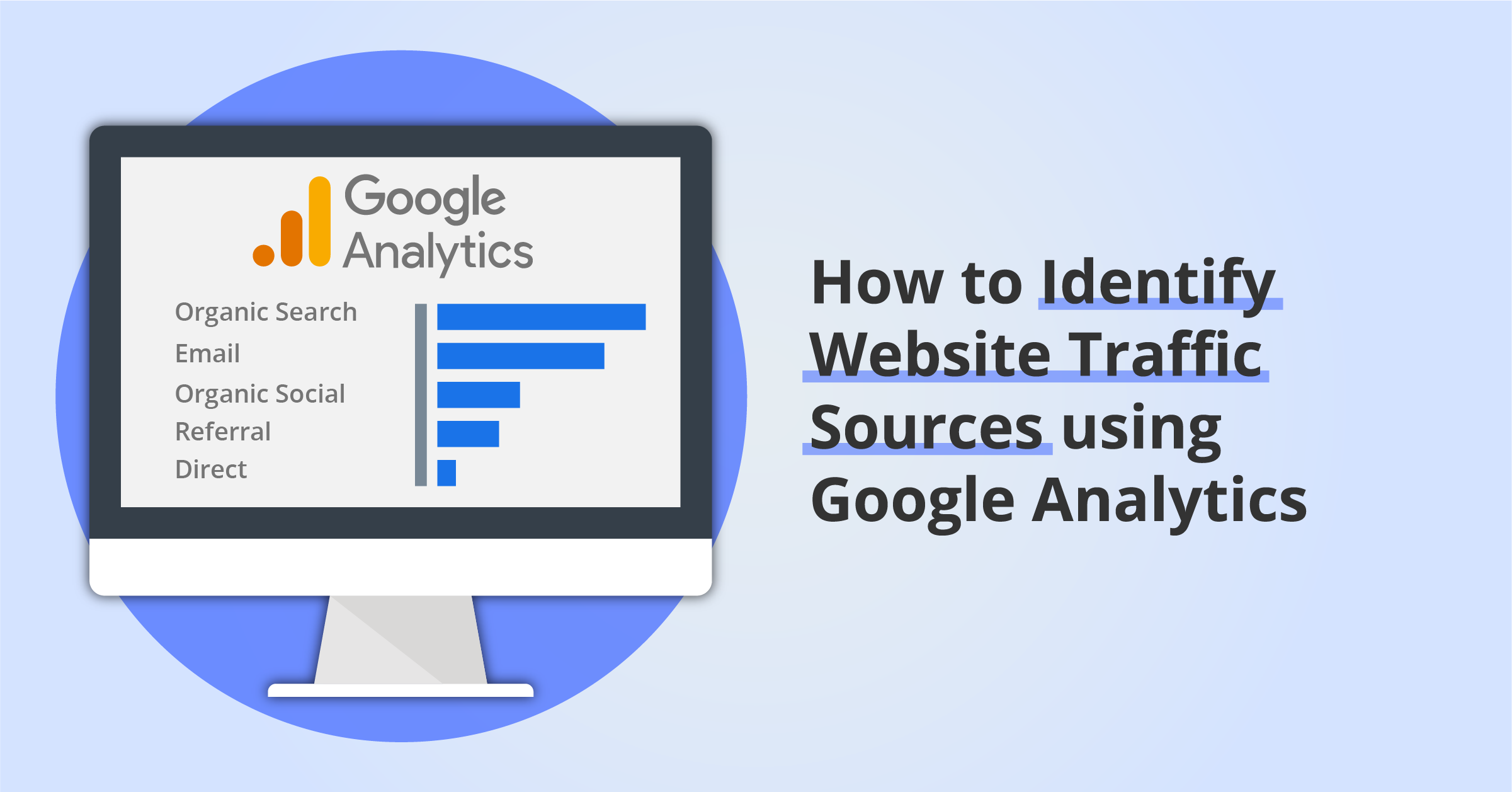Comprehending Secondary Dimensions in Google Analytics: What is a Secondary Dimension and How It Improves Data Analysis
Wiki Article
Introducing the Influence of Second Measurement in Google Analytics on Data Evaluation and Insights
In the world of data analytics, the utilization of additional measurements within Google Analytics has arised as a critical tool for extracting deeper insights and unraveling complicated patterns that might otherwise stay obscured. By peeling off back the layers of main data collections, secondary measurements provide a nuanced point of view that enhances the understanding of customer actions, website performance, and the performance of marketing techniques.Discovering the Concept of Additional Measurements
Second dimensions in Google Analytics provide additional insights by allowing individuals to evaluate primary information together with a secondary attribute. This feature makes it possible for an extra thorough understanding of the key information by including one more layer of details for analysis. By incorporating additional measurements, users can dig much deeper right into the data and uncover valuable correlations that may otherwise go undetected. For instance, by coupling the key information of site web traffic with second measurements like demographics or habits, marketing experts can obtain a much more extensive view of their audience and tailor their techniques as necessary.Recognizing the idea of additional dimensions is crucial for taking full advantage of the possibility of Google Analytics. It allows individuals to section information properly, determine patterns, and make informed choices based upon a more complete photo of their analytics information. By discovering the various second measurements readily available in Google Analytics, customers can unlock brand-new insights and optimize their electronic advertising and marketing efforts. Basically, additional measurements function as a powerful device for improving data evaluation and driving actionable outcomes.
Enhancing Information Analysis With Secondary Measurements
Having developed the foundational understanding of secondary dimensions in Google Analytics and their critical function in information analysis, the focus now shifts towards leveraging these secondary features to improve the analysis of analytics information (what is a secondary dimension in google analytics). By integrating additional dimensions into information evaluation, experts can get much deeper understandings into customer behavior, site performance, and marketing efficiency

Furthermore, additional dimensions help in contextualizing key information metrics by supplying added layers of information. This contextualization help in recognizing the 'why' behind the information fads, aiding experts make educated optimizations and decisions to boost total efficiency. Inevitably, incorporating second dimensions enriches the data interpretation procedure, bring about more meaningful insights and strategic actions.
Revealing Hidden Insights Through Second Dimensions
Exploring the midsts of analytics data with secondary measurements exposes useful insights that would or else remain obscured. By including second measurements in Google Analytics, services can unearth surprise patterns, fads, and relationships that provide an even more detailed understanding of individual behavior and website efficiency. These additional layers of data permit experts to dive much deeper right into the primary dimensions, such as web traffic resources or landing pages, and obtain a much more nuanced viewpoint on just how different variables engage with each various other.Through the use of secondary measurements, experts can section and contrast information throughout various measurements, enabling them to recognize details factors that affect user interaction, conversion rates, and general success metrics. By pairing the primary measurement of 'tool category' with the second dimension of 'age group,' marketing experts can pinpoint which age demographics choose accessing the internet site via mobile devices versus desktop computers.
Leveraging Additional Dimensions for Actionable Analytics
Structure upon the understandings introduced with secondary measurements in Google Analytics, companies can now harness this enriched information landscape to drive workable analytics and strategic decision-making. By leveraging second measurements, companies can read more delve deeper into their information to extract valuable patterns, patterns, and relationships that might have previously gone undetected. This much deeper degree of evaluation enables organizations to get a much more detailed understanding of customer behavior, campaign efficiency, and overall site effectiveness.One key benefit of making use of second measurements for workable analytics is the capacity to segment data based upon particular standards. This segmentation enables companies to customize their campaigns and strategies to various audience groups, leading to a lot more targeted and efficient advertising and marketing efforts - what is a secondary dimension in google analytics. Additionally, additional measurements supply a more alternative view of individual communications, allowing businesses to enhance their internet site web content, layout, and total user experience
Maximizing Decision-Making With Secondary Dimensions
To boost tactical decision-making in analytics, leveraging additional measurements in Google Analytics can supply a much more nuanced perspective on customer habits and project efficiency. By integrating additional measurements into data evaluation, organizations can dive much deeper right into the specifics of their site site visitors' communications and engagement patterns. This additional layer of information enables a more extensive understanding of how different variables, such as demographics, gadgets, or web traffic sources, effect vital performance indicators.
Conclusion
In conclusion, using additional dimensions in Google Analytics plays a vital function in improving data evaluation and uncovering hidden understandings. By exploring this principle, one can acquire a much blog here deeper understanding of user habits and make informed decisions based upon actionable analytics. Leveraging secondary measurements permits an extra extensive analysis of information and maximizes useful reference the performance of decision-making procedures.
Report this wiki page